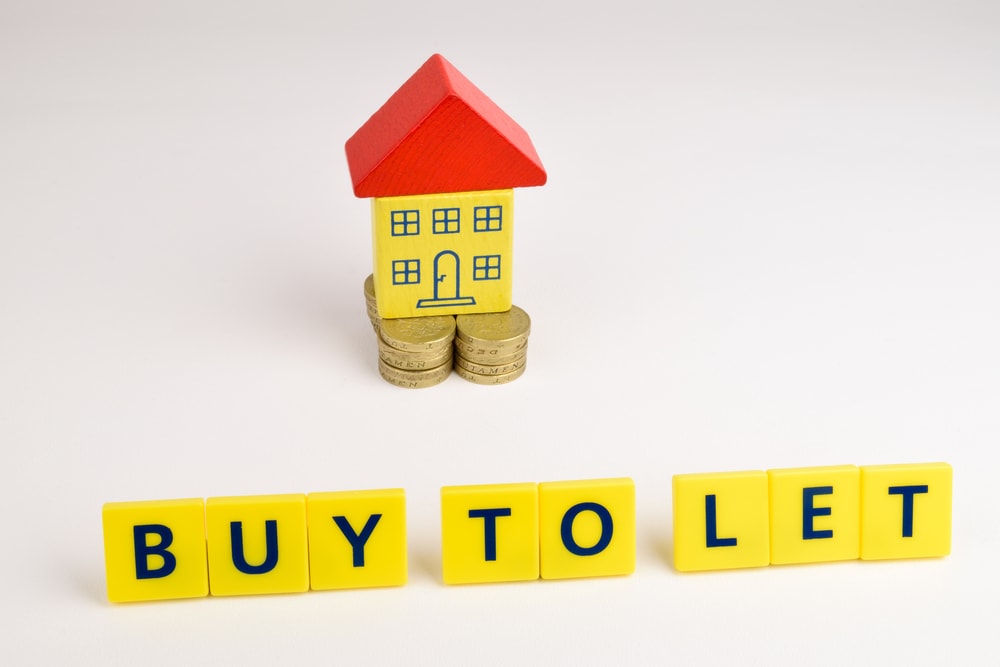Buy to let rents are about to break through the £1.000 a month ceiling across the UK, according to new data.
The average rent of a private rented home now stands at £998 a month after a 1.8% rise in new rents in the year to the end of September.
The only place where rents gave dropped is Wales, where a 1.4% decrease has taken them to an average £673 a month, says the study by Hamptons International, part of the Countrywide group of letting and estate agents.
After years of decline, rents have recovered in London, driving the average up across the rest of the country.
Tenants in the capital are paying an average £1,745 compared to £1,714 a year ago.
Accidental landlords fading away
The region with the second highest rents is the South East, where tenants are paying an average £1,096 a month after 3.8% year-on-year increase, while the lowest rents are in the North, where landlords can expect £657 a month.
The report also notes fewer ‘accidental landlords’ are in the buy to let market.
A slow sales market over recent years has seen owners rent out their former homes or properties they have inherited while waiting for prices to rise.
In 2019, these landlords with a single property to rent out that they have tried to sell in the previous six months have accounted for just one in 14 buy to let homes coming to market, while the number has been closer to one in 12 in previous years.
Tax concerns fuel exodus
Aneisha Beveridge, head of research at Hamptons International, said: “Despite a weaker sales market, which tends to encourage accidental landlords, the proportion of homes to let having previously been listed for sale has fallen for the first time in five years. The tax changes being introduced in April 2020 will increase the capital gains tax bill for some accidental landlords who choose to sell after that date.
“Great Britain’s most expensive regions and where prices have risen the most, recorded the biggest fall in accidental landlords. This is unsurprising given that landlords in these areas will have seen the greatest gains and therefore could see their tax bills rise the most.
“Rental growth remains steady in Great Britain, with the average cost of a newly let property rising 1.8% year-on-year. Lower stock levels mean that the South continues to drive rental growth.”
